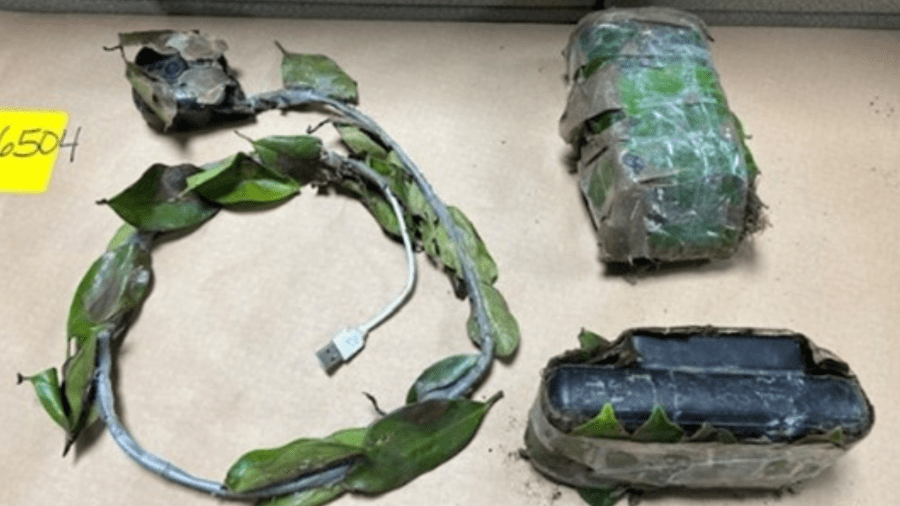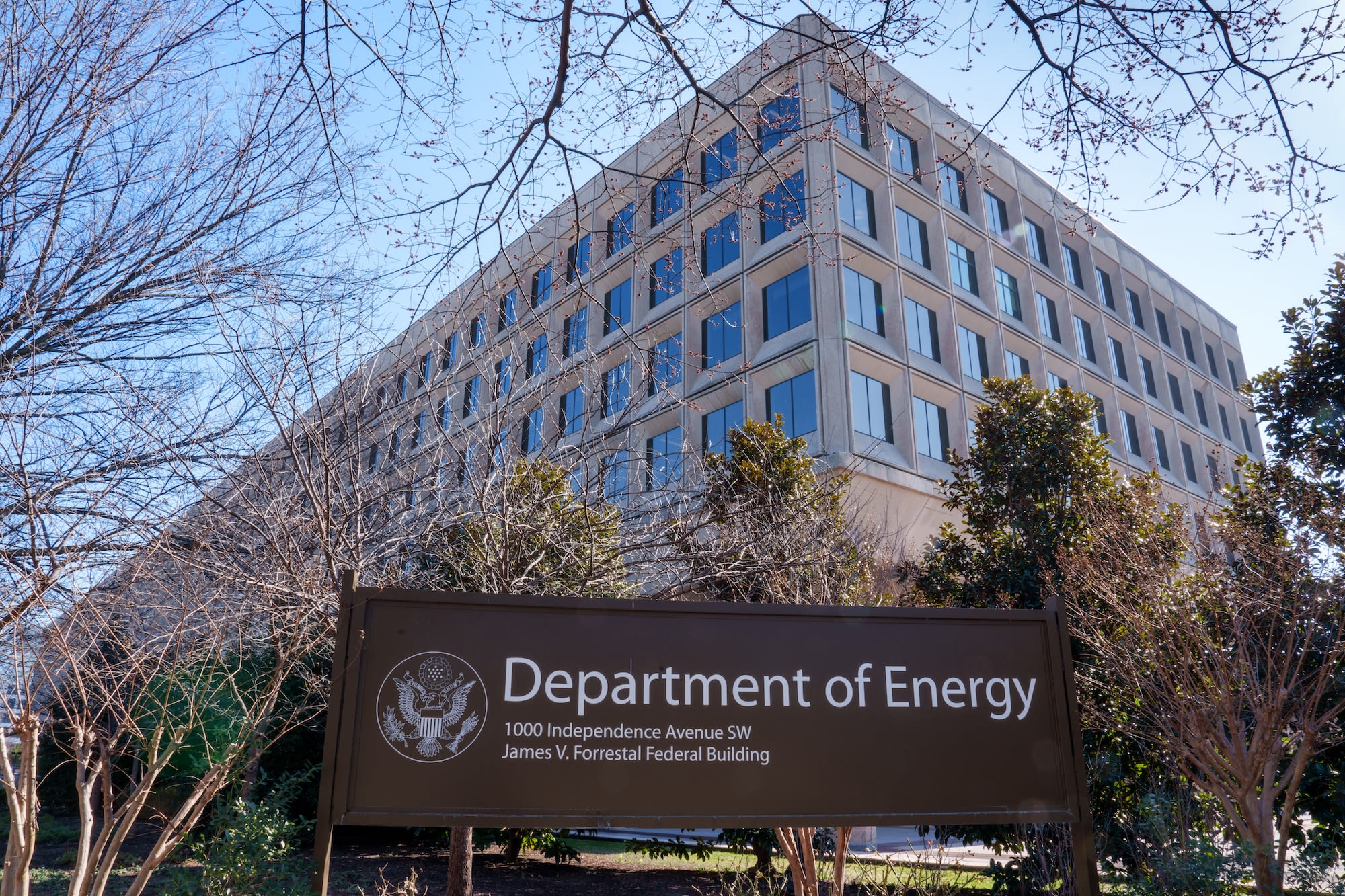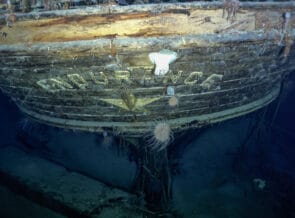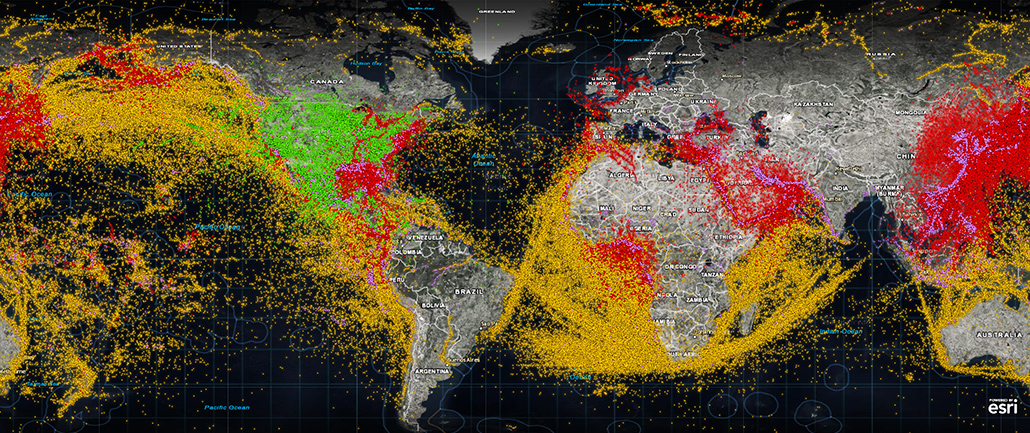Live Science is part of Future US Inc, an international media group and leading digital publisher. Visit our corporate site (opens in new tab).
©Future US, Inc. Full 7th Floor, 130 West 42nd Street,New York,NY 10036.
Note: This article have been indexed to our site. We do not claim legitimacy, ownership or copyright of any of the content above. To see the article at original source Click Here












